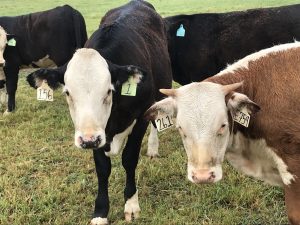Genome editing approaches to augmenting livestock breeding programs
Alison L. Van Eenennaam
University of California, Davis, USA
The availability of site-directed nucleases offers a number of promising opportunities for livestock breeders. Firstly, these tools can be used in functional genomics studies for hypothesis testing and to elucidate putative gene function. Secondly, they can be used to precisely introduce useful genetic variation into structured livestock breeding programs. Such variation may include the repair of genetic defects, the inactivation of undesired genes, and the moving of useful alleles and haplotypes between breeds in the absence of linkage drag. Editing could also be used to accelerate the rate of genetic gain by altering other components of the breeder’s equation. This could involve increasing the intensity of selection by replacing the germ cell lineage of commercial breeding animals with cells derived from elite genetic lines, or decreasing the generation interval by enabling in vitro meiosis. For editing to be incorporated into livestock breeding schemes, it will need to seamlessly integrate with genetic improvement program design. This will likely involve introducing edits into multiple elite animals to avoid genetic bottlenecks. It will also require editing of many different breeds and lines to maintain genetic diversity, and enable structured cross-breeding. This requirement is at odds with the process-based trigger and event-based regulatory approach that has been proposed for the products of gene editing by several economies. In the absence of regulatory harmony, researchers in some countries will have the ability to use genome editing in food animals, while others will not, resulting in disparate access to these tools, and ultimately the potential for trade disruptions.










You must be logged in to post a comment.